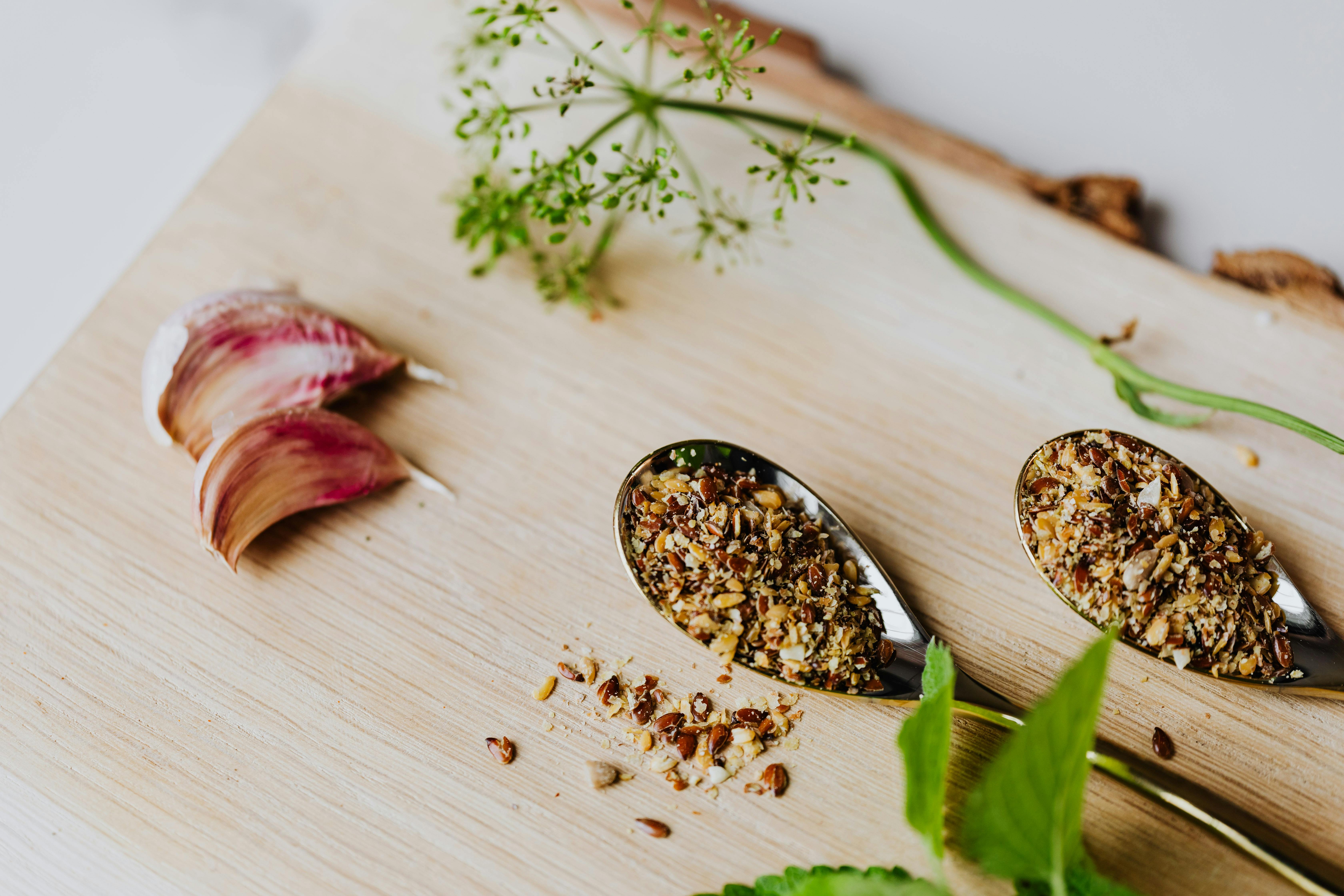Effective Ways to Grow Your Tomato Plants for Optimal Harvest 2025

Smart Ways to Plant Tomatoes for a Successful 2025 Harvest
Growing tomatoes can be an incredibly rewarding endeavor, especially when considering the vibrant taste they bring to our meals. Whether you’re a seasoned gardener or just starting with your first tomato plant, understanding the best practices for planting and caring for tomatoes is crucial for a bountiful harvest. This guide offers essential tomato planting tips, from the best time to plant tomatoes to how to effectively care for them throughout their growth stages.
Tomatoes are not only delicious but also offer numerous health benefits, making them a valuable addition to your garden. By incorporating the right methods, you can significantly enhance your yield and flavor. In this article, we’ll take a deep dive into the various aspects of tomato cultivation including soil preparation, watering practices, pest control methods, and optimal planting techniques. Alongside these insights, we cover the different tomato varieties and their specific growing needs. Here’s what you can look forward to:
- Understanding the best time to plant tomatoes
- Essential tips for transplanting and growing tomato seedlings
- Care strategies for different tomato varieties
- Effective watering and fertilizing techniques
- Ways to manage pests and diseases
- Harvesting and storing your tomatoes for peak freshness

Essential Tips for Soil Preparation for Tomatoes
Before planting tomatoes, the right soil preparation is fundamental for achieving healthy plants. Good soil is rich in organic matter and has a pH level ideally between 6.0 and 6.8. Start by amending your garden if necessary; this could involve adding compost or well-rotted manure to enhance soil structure and nutrient content.
Choosing the Right Soil Type
Opt for loamy soil that drains well but retains moisture. Avoid overly sandy or heavy clay soil as these can hinder growth. Mixing in organic materials can improve soil composition, which is vital for tomato plants that require consistent moisture and good drainage.
Enhancing Soil Nutrients
Utilize organic fertilizers that release nutrients slowly, such as bone meal, fish emulsion, or well-balanced commercial preparations specifically formulated for vegetable gardens. Incorporate these into your planting area as you prepare the beds. Regularly testing the soil also helps you keep track of nutrient levels.
Managing Soil Moisture
Ensure that your chosen planting area has adequate water retention capabilities by adding mulch around your plants once established. This not only conserves moisture but also prevents weed growth, which can compete with your tomatoes for essential nutrients.
Building on these fundamentals, knowing when to plant tomatoes is the next crucial step to ensure successful growth.
Understanding the Best Time to Plant Tomatoes
Timing your tomato planting correctly can significantly influence your harvest. Tomatoes thrive in warm weather, which is why determining the right planting window for your region is essential.
Identifying Frost-Free Dates
Since tomatoes are warm-season crops, they should be planted well after the last frost date in your area. Using local gardening resources or cooperative extension services, you can find out the exact dates applicable to your region. Generally, after soil temperatures reach at least 60°F (15°C), it’s safe to plant tomatoes outdoors.
Starting Seeds Indoors
If you're growing tomatoes from seeds, consider starting them indoors about 6-8 weeks before the last expected frost date. This allows for an early start, and you can transplant them outdoors once the climate is conducive. This method can yield larger plants sooner.
Transplanting Seedlings Outdoors
When it’s time to transplant seedlings, harden them off by gradually exposing them to outdoor conditions over a week. This acclimatization process helps them adapt to their new environment, reducing transplant shock.

With a clear understanding of timing, the next focus is how to effectively care for your tomato plants as they begin to grow.
Key Care Techniques for Thriving Tomato Plants
Once your tomatoes are planted, attentive care is essential for promoting healthy growth. This includes nurturing seedlings, understanding watering needs, and implementing effective pest control practices.
Watering Tomato Plants
Establish a consistent watering schedule. Tomato plants typically need about 1-2 inches of water per week. During particularly dry spells, you may need to increase frequency. Implement a deep watering technique; this encourages roots to grow deeper into the soil, improving the plant's resilience.
Fertilizing for Optimal Growth
Regular feeding is crucial, especially as the plants begin to flower and set fruit. Use a balanced fertilizer or specialized tomato fertilizer once every 4-6 weeks to provide essential nutrients. Be careful not to over-fertilize, as this could lead to excessive foliage growth at the expense of fruit development.
Pest and Disease Management
Tomato plants can be susceptible to various pests and diseases. Regularly inspect your plants for signs of trouble such as yellowing leaves or pest damage. Integrated pest management (IPM) strategies, including the use of organic pesticides and companion planting, can mitigate these issues effectively.
Understanding Tomato Varieties for Your Garden
The variety of tomatoes you choose can significantly impact your gardening experience. Different types come with unique requirements and flavors that cater to various culinary applications.
Indeterminate vs. Determinate Tomatoes
Indeterminate tomatoes continue to grow and produce fruit throughout the growing season, making them ideal for extended harvests. In contrast, determinate varieties yield fruits all at once, which is convenient for canning. Deciding which type to plant depends on your harvesting goals.
Choosing the Right Tomato Types
When selecting tomato varieties, consider your local climate, garden space, and personal taste preferences. Heirloom varieties are known for their unique flavors and colors, while hybrids may offer disease resistance and higher yields. Explore various options to enhance your garden's biodiversity.
Container Gardening for Tomatoes
If space is limited, growing tomatoes in containers can be a practical solution. Ensure that containers are at least 5 gallons in size and choose varieties that are well-suited for container growth, such as cherry tomatoes. This method allows for flexibility and eases maintenance.
Following our exploration of tomato varieties, let's delve deeper into practical aspects of watering and fertilization strategies that can enhance growth.
Establishing a Watering and Feeding Schedule
Creating and adhering to a watering and feeding schedule is essential to facilitate healthy growth stages of your tomato plants. Understanding the optimal conditions for watering will ensure your plants not only survive but thrive.
Watering Techniques for Healthy Growth
Implementing proper watering techniques can be a game-changer in tomato cultivation. It's advisable to water at the base of the plant to minimize moisture on the foliage, as wet leaves can encourage disease. The best time to water is early in the morning when evaporation rates are lower.
Feeding Schedule for Nutrient Supply
Introduce fertilization into your routine based on tomato plant growth stages. For instance, during the early stages of growth, utilize a nitrogen-rich fertilizer, while transitioning to one higher in phosphorus and potassium as flowering commences.
Common Mistakes to Avoid
Avoid overwatering, which can lead to root rot, and refrain from under-fertilizing, as it can stunt growth. Regularly checking the moisture level of the soil can help prevent these common pitfalls.
Having laid out an extensive care schedule for your tomatoes, it's vital to prepare for pest control. Let's examine ways to keep your crops safe from pests and diseases.
Pest Control and Disease Prevention for Tomatoes
Combatting common tomato diseases and pests requires foresight and regular maintenance. A well-informed gardener can effectively manage potential issues before they escalate.
Understanding Common Tomato Pests
Recognizing tomato pests such as aphids, whiteflies, and spider mites is the first step in protection. Inspect your plants frequently for any signs of infestation. Introducing natural predators like ladybugs can also help in controlling these pests without harmful chemicals.
Identifying and Preventing Diseases
Tomatoes face various diseases such as blight, blossom end rot, and wilt. Ensure proper air circulation around your plants by spacing them adequately. Implementing crop rotation can also prevent the recurrence of soil-borne diseases.
Eco-Friendly Pest Control Options
Many gardeners prefer organic pest control methods, such as neem oil or homemade insecticidal soap, that are effective yet safe for the environment. Regular maintenance practices, such as keeping the area around your plants tidy, can mitigate pest issues considerably.
Harvesting and Storing Tomatoes for Optimal Flavor
Knowing when and how to harvest your tomatoes is key to maximizing their flavor and extending their shelf life. It’s also essential for enjoying the fruits of your labor.
Recognizing the Right Time to Harvest
Harvest tomatoes when they are fully ripe and have developed a deep, consistent color. Depending on the variety, the timing can vary, but generally, the best time to harvest is in the morning when the moisture content is higher.
Storing Tomatoes After Harvest
After harvesting, store tomatoes at room temperature to maintain their flavor and texture. Avoid refrigeration as it can alter their delicate flavor profiles. If you must store cut tomatoes, cover them with plastic wrap and refrigerate for a day or two.
Innovative Ways to Use and Preserve Tomatoes
Consider preserving your tomatoes by canning, or making sauces and pastes that can be stored and enjoyed year-round. Experimenting with various heirloom tomato varieties can also enhance flavorful dishes throughout your cooking experience.
Q&A Section: Common Tomato Planting Questions
What is the best time to plant tomatoes?
The best time to plant tomatoes is after the risk of frost has passed, and soil temperatures are consistently warm, typically above 60°F (15°C).
How often should I water my tomato plants?
Water tomato plants deeply about 1-2 inches per week, ensuring the soil remains consistently moist but not soggy.
What fertilizers are best for tomatoes?
Choose organic fertilizers such as compost or commercially available tomato-specific fertilizers that are high in potassium and phosphorus.
By following these smart methods for planting tomatoes, you can enhance not only your gardening skills but also your enjoyment of homegrown flavors. Implementing these practices will lead you towards a successful harvest in 2025, filled with vibrant and delicious tomatoes.